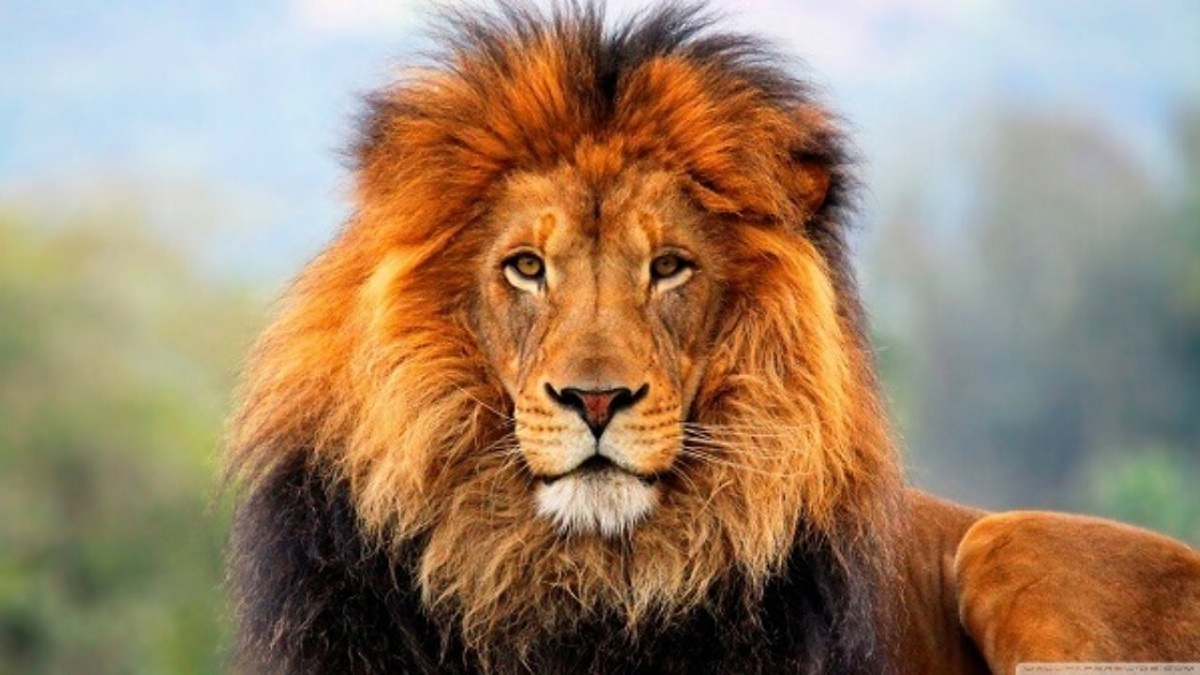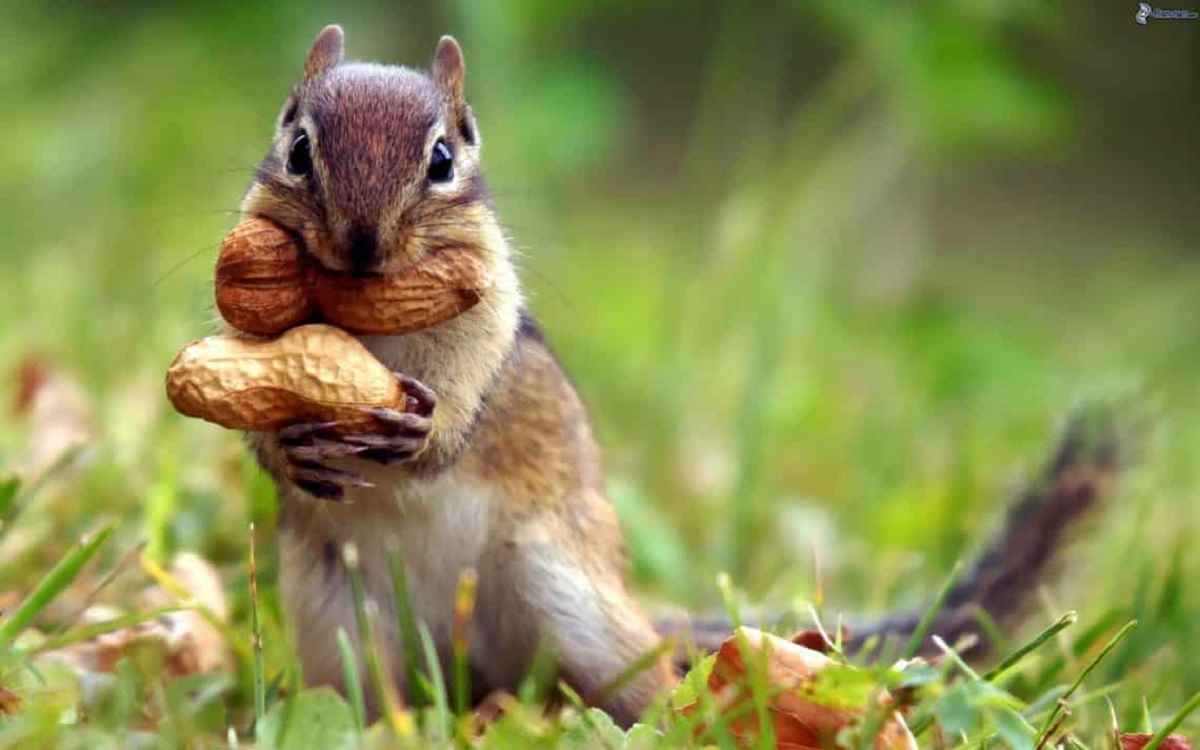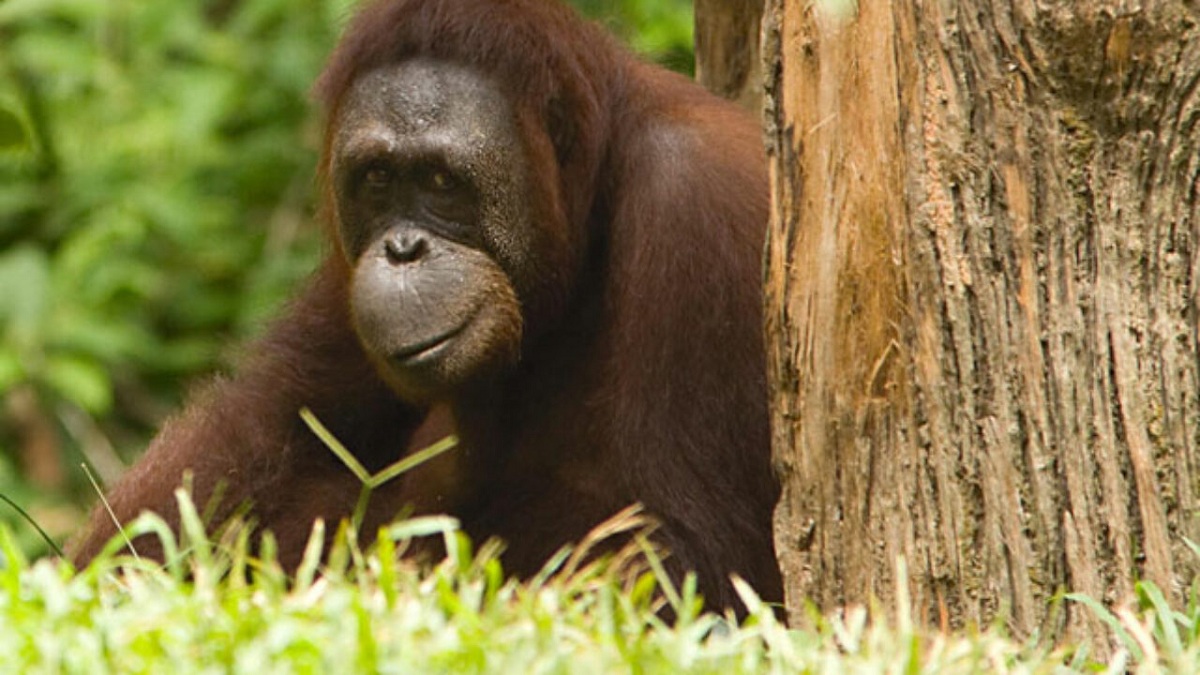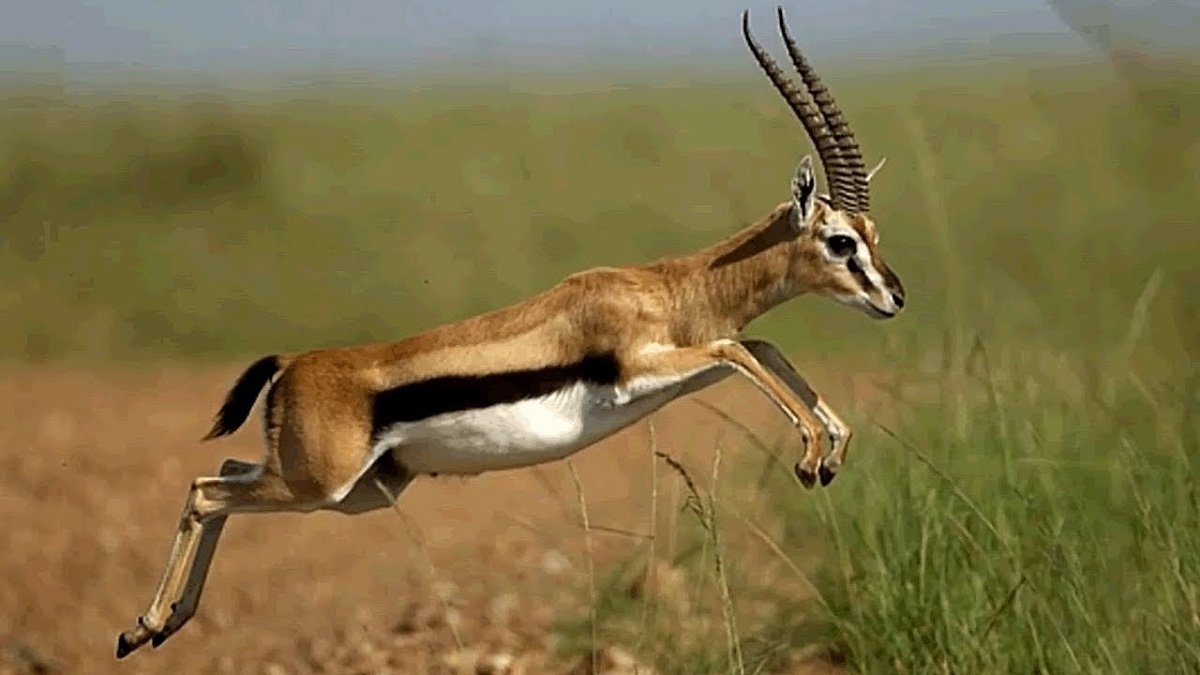
Depending on the type of ecosystem that we are analyzing, there are different types of animals. Today we are going to talk about land animals. These are those that spend most of their life cycle on earth. These animals belong to different groups that have evolved independently. Most of these animals have developed various adaptations to survive in this environment, being different from the aquatic environment.
In this article we are going to tell you about all the characteristics, mechanisms, adaptations and way of life of land animals.
Key features

The first thing to note about land animals is that they move on a solid medium with surrounding air. The main difference from to the aquatic environment is that air is less dense than water. For this reason, terrestrial animals are forced to support their own weight since they have a greater effect of gravity. Therefore, part of the adaptations that they have had to develop in order to survive in this environment from aquatic ones is that of an adequate body structure. They need internal and external skeletons and muscles that can support their own weight.
Additionally, Another difference from the aquatic environment is oxygen. Oxygen is a fundamental element for the development of life. It is dissolved in the air. This causes that terrestrial animals present lungs, tracheae and other variants to be able to absorb and use oxygen in all its vital functions.
Let's see what are some of the conditions that these animals can survive:
Terrestrial habitat
These types of animals have developed adaptation strategies to be able to survive in terrestrial environments. Life on this planet arose in water, which meant that various species had to evolve in an environment where gravity affects to a lesser extent. On the other hand, oxygen is dissolved in water and there are other barriers to assimilate it. In the terrestrial environment the temperature is less uniform than in the water as well as the availability of humidity. In terrestrial habitats, animals are subjected to a greater action of the force of gravity and are surrounded by a gaseous medium. In addition, it is necessary to mention the greater incidence of solar radiation in the organisms.
Temperature
Temperature is another factor to take into account in the development of land animals. The variation in temperature in the various habitats is the product of the greater or lesser incidence of solar radiation. Earth cools and heats up much faster than water. Under these conditions, terrestrial animals have developed adaptations to live in dry, humid, hot and cold habitats. An example of it is the polar bear. Over the thousands of years it has been able to develop a skin covered with hair under a thick layer of fat that protects it from the cold of these ecosystems.
The track and helps absorb heat and does not hold fat. On the other hand, the hair reflects the light making it completely white and also serves as camouflage to hide in the snow and hunt its prey more successfully.
Adaptations of terrestrial animals: humidity, protection and body weight

Another adaptation that terrestrial animals have had to develop is endurance in order to survive in different humidity conditions. By having less water availability, more water can be lost. This means that terrestrial animals have developed systems to regulate their perspiration, such as fur, fur, and other mechanisms. Thanks to these mechanisms, excessive water losses are avoided.
Regarding body weight, we know that air is much less dense than water. This forced all terrestrial species to support their own weight and to develop body structures to be able to stand up and move.
Types of land animals

The most exact way that exists to classify land animals is according to the different taxonomic groups that have been established in geology. There are the following groups of animals: annelids, unicooros, insects, myriapods, arachnids, crustaceans, reptiles, birds and mammals. Some of these groups of animals also inhabit aquatic ecosystems or in both at the same time. We are going to analyze some of the main characteristics that these groups have:
- Annelids: here are the group of earthworms and small cylindrical worms that live in the soil. They are capable of processing the earth to obtain organic matter as food.
- Mollusks: They are animals that have a soft body and is covered by a shell. Most of these species are aquatic, but there are numerous snails and slugs that are terrestrial.
- Amphibians: They have the life cycle has divided between land and water. Some species are mostly terrestrial such as toads, frogs and salamanders.
- Insects: Insects are the most diverse group of animals on this planet. The vast majority of insect species are terrestrial. In order to adapt to this environment, they developed an exoskeleton made up of a fairly resistant substance called chitin.
- Arachnids: arachnids have an exoskeleton similar to that of insects. They move by means of legs that respiration can be by trachea or lungs in book.
- Myriapods: Centipedes, millipedes, and other similar organisms are included in this group. The main characteristic of this group of animals is that it has a head and a trunk that is segmented into multiple pairs of legs.
- Crustaceans: most of these animals live in the aquatic ecosystem. However, there are some terrestrial species among which we find crabs. These crabs need and also the sea as part of their life cycle.
- Reptiles: in this group of animals and includes snakes, crocodiles, alligators, lizards, among others. The characteristic that stands out this group of terrestrial animals is that of having a skin composed of scales. Most of these animals cannot control their internal body temperature on their own. Therefore, they need to be exposed to the sun to increase the temperature or to the shade to lower it.
- Birds: birds develop a large part of their life in the air. Some prefer to classify these types of animals as airborne animals. However, there are some species of birds whose environment is entirely terrestrial. Here we find the ostrich, chicken, turkey and many other species.
- Mammals: Mammals are the most representative of the group of terrestrial animals: they evolved on land and most of them inhabit terrestrial environments. We find monkeys, orangutans, gorillas, chimpanzees, lions, giraffes, bears, elephants and a long etcetera.
I hope that with this information you can learn more about what land animals are and their characteristics.